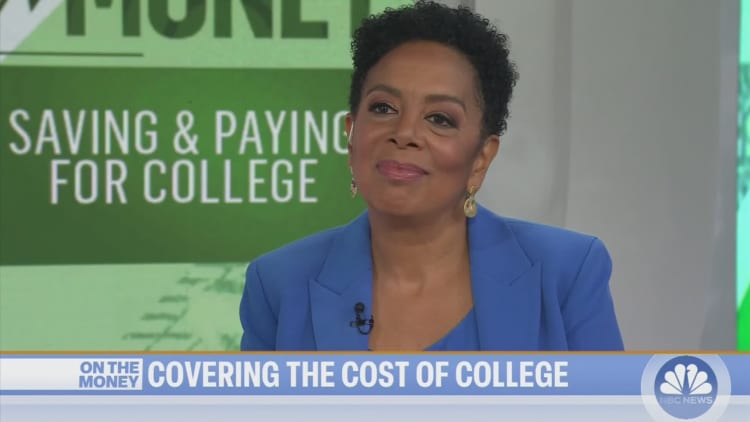
The U.S. Department of Education says it recently updated a key part of the new Free Application for Federal Student Aid formula, but, as a result, colleges won't receive FAFSA applicant information until early March, instead of late January as initially estimated.
"Our 'North Star' here is trying to make sure that students get the help they need for college," a senior Education Department official said on a press call Tuesday, adding that the "major" undertaking to update the form was imposed by Congress without additional funding or resources.
The new, simplified FAFSA soft launched Dec. 30 after a monthslong delay. Since then, the 2024-25 form has been plagued by problems.
"These continued delays, communicated at the last minute, threaten to harm the very students and families that federal student aid is intended to help," said Justin Draeger, president of the National Association of Student Financial Aid Administrators.
More from Personal Finance:
Gen Z is getting money advice from TikTok
Biden administration forgives $4.9 billion in student debt
College enrollment picks up, but student debt is a sticking point
One of the issues has been specifically related to the new FAFSA's affordability calculation, called the "Student Aid Index," which estimates how much a family can afford to pay. At launch, the new FAFSA relied on old consumer price index figures from 2020, before the recent runup in inflation.
Just last week, the Department of Education said it planned to update this part of the new FAFSA formula, which will mean an additional $1.8 billion in aid for college-bound students this year.
That update has now been completed, the Department of Education said Tuesday, and, as a result, 1.3 million students will see larger Pell Grants, a type of aid available to low-income families.
It was initially unclear whether making those numbers current would cause further delays. The Department of Education previously said that once students successfully submit a completed FAFSA form, that information will be sent to schools in late January.
Now, the Department of Education says batches of FAFSA information will go out in the first half of March. "Updating the tables is a factor on the timeline," a senior Education Department official said Tuesday.
"With this last-minute news, our nation's colleges are once again left scrambling as they determine how best to work within these new timelines to issue aid offers as soon as possible — so the students who can least afford higher education aren't the ones who ultimately pay the price for these missteps," Draeger said.
Schools are waiting on the FAFSA information to begin building financial aid packages and to give students and families enough time to review and compare financial aid offers.
Subscribe to CNBC on YouTube.
Don't miss these stories from CNBC PRO:
- Forget the 'Magnificent 7,' these Nasdaq stocks are next in line to lead the rally, according to the charts
- Nvidia is now 'deeply overbought' and due for 'consolidation,' says chart analyst
- Eli Lilly's Zepbound is off to a strong start, but here's what needs to happen to push shares higher
- Investors are shifting into this type of bond fund at the fastest pace in three years


